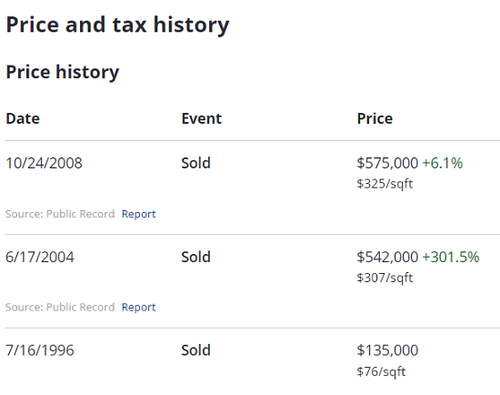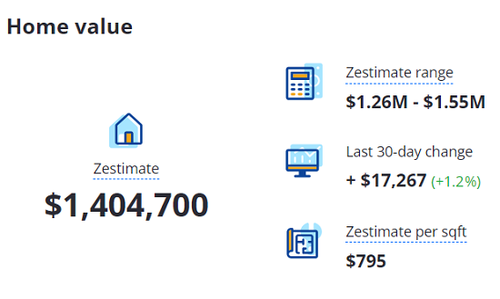When Shelter Becomes A Speculative Asset, Society Unravels
When Shelter Becomes A Speculative Asset, Society Unravels | ZeroHedge
Let's begin by stipulating that speculation (i.e. gambling) is part of human nature. The role of regulations and policy is to limit the damage that gambling inevitably inflicts when "sure things" cliff-dive into losses.
In other words, where the speculative frenzy and money flows matters. When the South Sea Bubble expanded circa 1713-1720, this flood tide of speculative capital did not distort the cost of shelter and bread in England; it was limited to a purely financial marketplace of shares in the company. When the bubble imploded in 1720, the losses fell mostly on wealthy investors like Isaac Newton.
The same can be said of the speculative mania of the dot-com era: the bubble and collapse were limited to the tech sector and those participating in the sector and the speculative frenzy. The cost of rent and bread did not double due to the speculative bubble's inflation or bursting.
In contrast, when speculation floods into shelter / housing, it fatally distorts the cost of housing non-speculators must pay. I say
fatally because shelter, along with food, energy and water (the FEW resources), are essential to life. These are not discretionary things we can decide not to have. When the price of essentials soars due to speculation that only rewards the speculators at the expense of non-speculators, the fuse of social disorder is lit.
Anyone who believes policies that encourage the wealthy to hoard housing to the point that the bottom 80% (or the bottom 95% in some areas) cannot afford to buy a home are just peachy is overdosing Delusionol. The social consequences are severe and uncontainable once the worm turns.
Exhibit #1 in Shelter Becoming a Speculative Asset is a modest house in the San Francisco Bay Area that sold for $135,000 in mid-1996. By modest I mean small, old, and on a small lot in a neighborhood of other small lots and homes. (A screenshot of the Zillow history is below.)
 Today the home's value is estimated to be about ten times higher: $1.35 million.
Today the home's value is estimated to be about ten times higher: $1.35 million. Let's do some basic math to understand just how distorted this market has become.
The median household income in 1996 was about $39,000. For a house costing $135,000, this represents 3.5 ratio of income to housing, well within the traditional ratio of 4 to 1 (4 X income = cost of the home).
Median household income has almost doubled to $75,000, roughly in line with inflation according to the Bureau of Labor Statistics. According to the BLS, the house that cost $135,000 in July 1996 would now cost $264,000 when adjusted for inflation, and the $39,000 median income would be $76,000.
Let's say the house appreciated above the rate of inflation to $300,000 today. That's still within the 4 to 1 ratio of income to house cost (4 X $75,000 = $300,000.) So even though the house rose 2.2X in cost, it would still be affordable to a median household.
At a value of $1.35 million, a household would need to make $337,500 annually--an income that is in the top 5% of households--to buy the house today. In other words, an income that is 4.5 times the median household income is the minimum needed to buy this modest house.
 The house is now worth 4.5 times what it would have been worth if it had appreciated well above inflation.
The house is now worth 4.5 times what it would have been worth if it had appreciated well above inflation.
The conventional argument holds that this four-fold increase in housing costs is due solely to a shortage of housing. Let's consider some data before concluding this is the only dynamic in play







